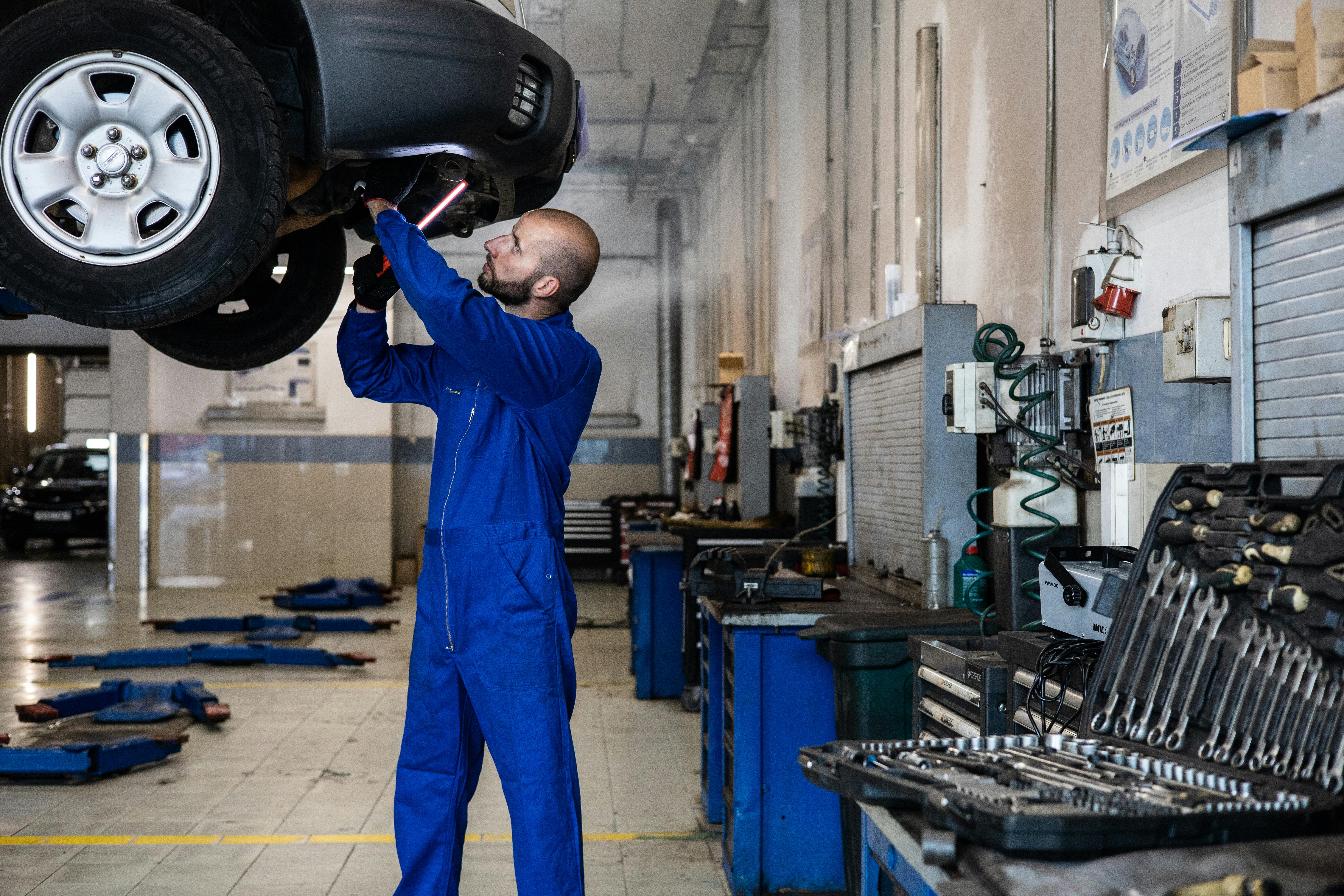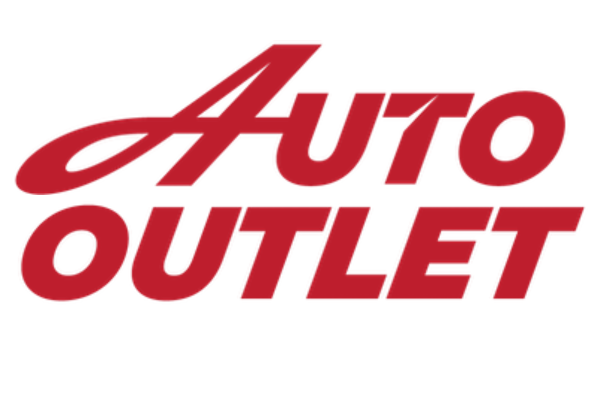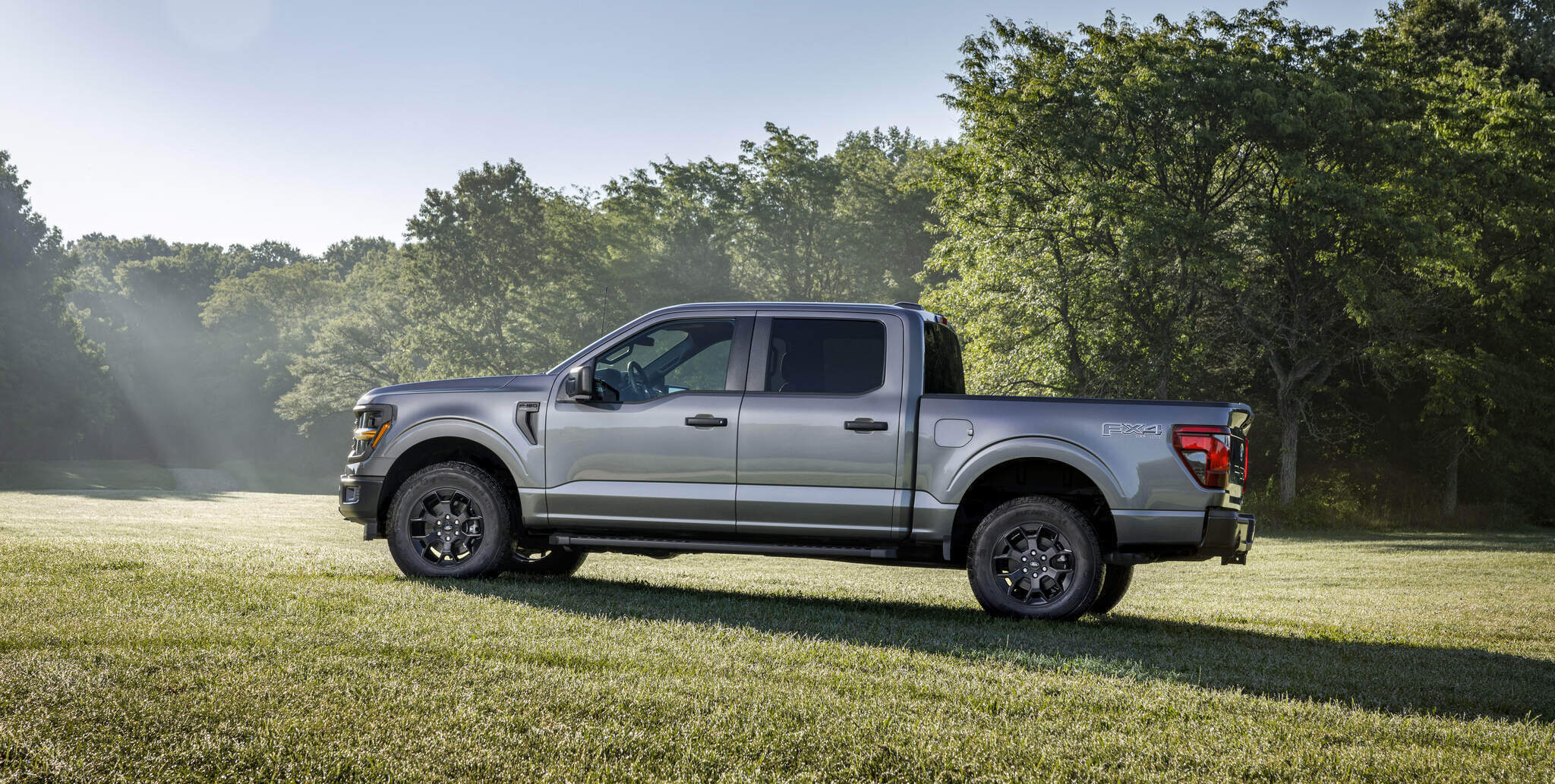The Ultimate Checklist for Inspecting a Used Car Before Buying

Buying a used car can be a smart and economical choice, but it also comes with its fair share of risks. A thorough inspection is crucial to ensure you're making a sound investment and not inheriting someone else's problems. At Applewood Auto Outlet, we believe that an informed buyer is a confident buyer. That's why we've put together this comprehensive checklist to help you inspect a used car before making your purchase. Follow these steps to make sure your next vehicle meets your expectations and provides reliable performance for years to come.
Exterior Inspection
Begin your inspection by examining the car's exterior for any signs of damage, rust, or poor repair work. Start with the paint, looking for color inconsistencies that might indicate previous repairs. Rust can be a major concern, so check the lower body panels, wheel wells, and undercarriage for any signs of rust spots. While minor dents and scratches are common in used cars, large or multiple marks could suggest a history of accidents. Next, ensure that all windows, mirrors, and lights are in good condition.
Check the windows for cracks, chips, or signs of replacement. Test all headlights, taillights, signal lights, and brake lights to confirm they function properly. Inspect the tires for wear and tear. Use a tread depth gauge or a penny test to measure tread wear and check that all four tires have even wear, which indicates proper alignment. Look for any signs of damage, such as cuts or bulges, that could compromise safety.
Interior Inspection
Move on to the interior of the car, starting with the seats and upholstery. Examine the seats for rips, stains, and wear on both the front and back seats. Inspect the dashboard, door panels, and carpet for damage or excessive wear. Test all interior controls and instruments to ensure they function correctly. Make sure all warning lights on the dashboard illuminate and turn off after starting the car. Test the air conditioning and heating systems to confirm they work properly.
Check power windows, locks, mirrors, and seat adjustments to ensure they operate smoothly. Verify that all electronic components and accessories are in working order. Test the radio, Bluetooth, navigation system, and any other infotainment features. Check USB ports, auxiliary jacks, and charging outlets. If the car has a sunroof or moonroof, ensure it opens and closes smoothly without leaks.
Under the Hood
A healthy engine is crucial for a reliable vehicle. Begin by checking the oil level and examining the dipstick for clean, amber-colored oil. Ensure the coolant is at the proper level and free of debris or discoloration. Inspect belts and hoses for any signs of cracking, fraying, or wear. A strong battery is essential for dependable performance. Check the manufacture date on the battery, as most batteries last 3-5 years. Look for corrosion around the terminals and clean if necessary.
Ensure all connections are tight and secure. Verify that all fluids are at the correct levels and in good condition. Check the brake fluid reservoir for proper levels and clarity. Inspect the transmission fluid for appropriate levels and a pinkish-red color. Make sure the power steering fluid is at the correct level and free of contaminants.
Test Drive

The test drive is a critical part of inspecting a used car. Pay attention to how the car starts, ensuring the engine starts easily without unusual noises or hesitation. Ensure no warning lights remain illuminated on the dashboard after starting. Evaluate the car’s handling and overall performance during the test drive. Test the steering for responsiveness and ease of control. Check the brakes for firmness and responsiveness without any grinding or squealing sounds.
Ensure smooth and consistent acceleration without hesitation or jerking. Listen for any unusual noises or vibrations during the test drive. The engine should run smoothly without knocking or rattling sounds. Pay attention to any clunks or creaks when driving over bumps or rough roads. The car should drive smoothly without excessive vibrations in the steering wheel or seats.
Vehicle History Report
Always request a vehicle history report to get an overview of the car's past. Check for any reported accidents or damage. Verify the number of previous owners and the type of use (personal, commercial, etc.). Look for documented maintenance and service history. Ensure the Vehicle Identification Number (VIN) matches the report and the car. Find the VIN on the dashboard, driver’s side door, and under the hood. Confirm the VIN matches across all locations and the vehicle history report.
Professional Inspection

Consider hiring a professional mechanic for a pre-purchase inspection. A qualified mechanic can identify issues that you might overlook, providing added confidence in your purchase decision. If buying from a dealership, ask about their inspection process. Some dealerships offer certified pre-owned programs with rigorous inspections and warranties. Ensure there are guarantees or return policies in case of undisclosed issues.
Conclusion
Inspecting a used car thoroughly before making a purchase is essential to avoid costly surprises and ensure you’re getting a reliable vehicle. By following this ultimate checklist, you can confidently assess the condition of any used car and make an informed decision.
At Applewood Auto Outlet, we're committed to helping you find the perfect vehicle that meets your needs and expectations. Visit us today to explore our wide selection of quality used cars and receive expert assistance from our knowledgeable team.


